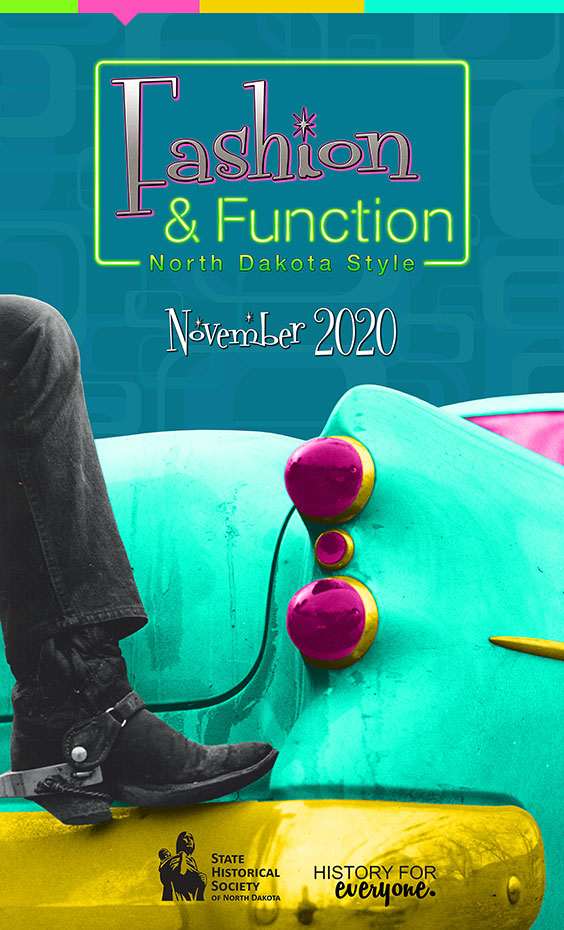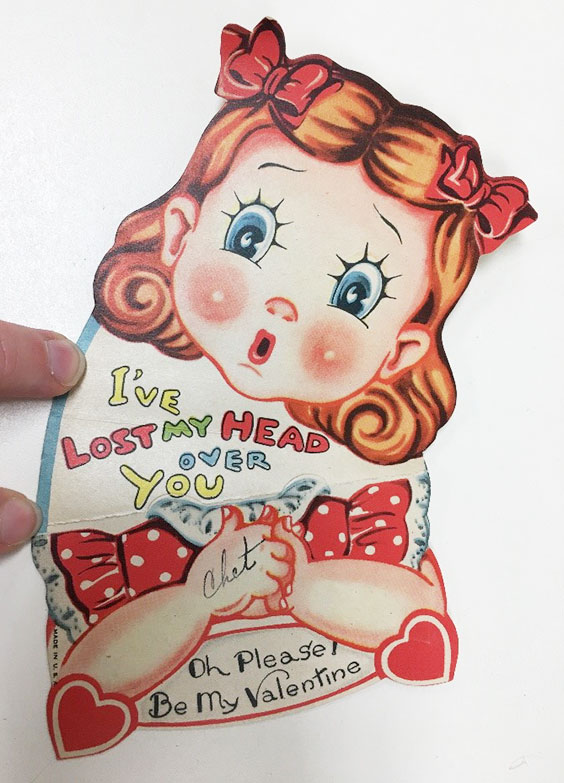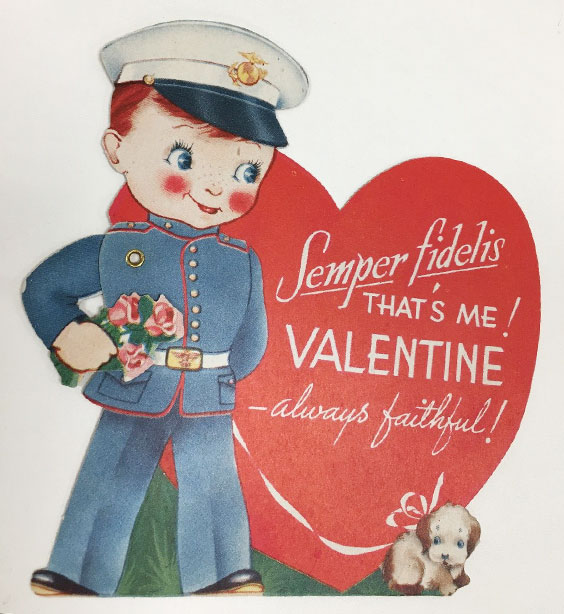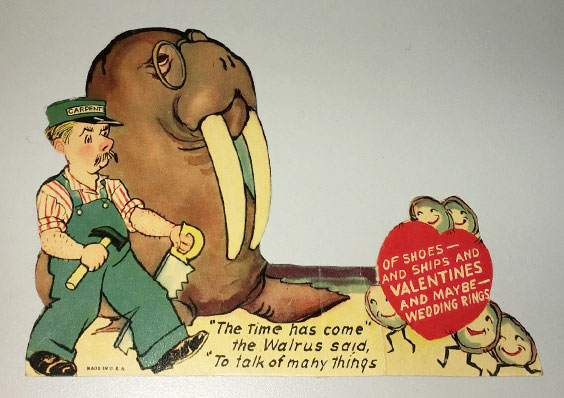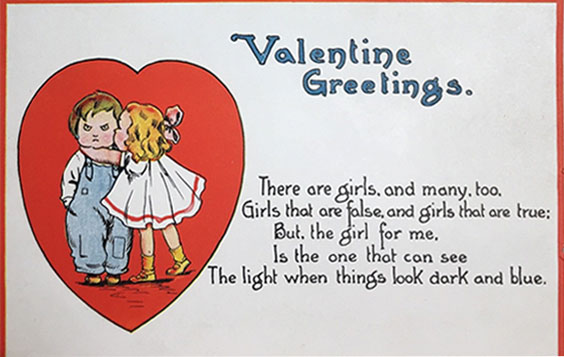Fashion & Function Exhibit Finds Its Style
Visual cues really help the creative process. They kickstart the imagination and the free association of ideas. This is especially true in the exhibition development process. Something — be it an artifact, an image, or a concept — will spark an idea, and you find yourself off and running in a world of exploration and discovery.
We are currently developing a new exhibit for the Governors Gallery at the North Dakota Heritage Center & State Museum, opening early 2021. Fashion & Function: North Dakota Style is a thematic exploration of the role clothing has played — and still plays — in the history of the region. The exhibition moves broadly across time while featuring specific aspects, trends, solutions, and adaptations expressed through clothing. It isn’t an exhibition about Parisian designers and haute couture, but rather focuses on practicality, functionality, and style expressed through everyday wardrobe elements.
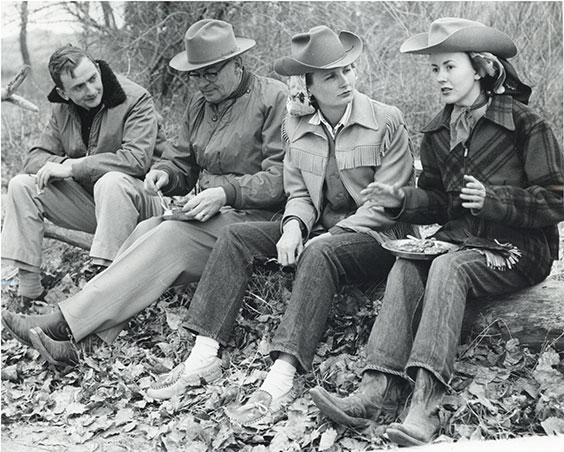
“Cowgirls at the Medora Roundup” by Leo LaLonde, c. 1955. SHSND SA 00276-14365
Key to developing the exhibition is creating a visual look — or branding — that aids in telling the story and repeats throughout the gallery as a unifying component. We are talking about design, after all. During the exhibit process I like to select a signature element or image to represent the scope of the project, and that holds true for Fashion & Function. I’ve spent a great deal of time reviewing photographs from the collections of the State Archives, looking not only at the historic moments, but at what the people in the photographs are wearing. I admit I started with a preconceived image in my head capturing my vision for the exhibition, but that fantasy photograph never appeared.
State Archives Division Director Ann Jenks pointed me toward several images she thought might be of interest. Included was a series of photographs created in the late 1950s by Bismarck photographer Leo LaLonde of the annual fall roundup in Medora. They included several great images of both authentic and urbanized western wear, and one shot that pushed all the right buttons as a signature image — and it had nothing to do with my preconceived idea. It was just right!
The photograph is of a well-worn cowboy boot and denim-clad leg resting on the rear bumper of a late 1940s Pontiac Chieftain — the worn character of the boot contrasting with the modernist style of the tail fin and gumdrop-shaped taillights. It just says “fashion” and “function.” The photograph also captures a distorted, reflected world in the chrome of the bumper, including the silhouette of the photographer, a second car, several skeletal trees, and the hilly horizon beyond.
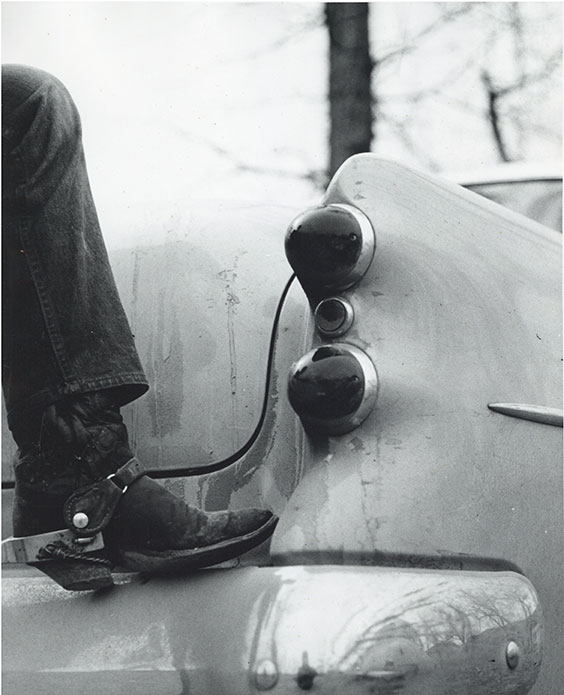
“Boot and Spur, Medora Roundup” by Leo LaLonde, c. 1955. SHSND SA 00276-14370
Although limited documentation accompanies the photograph, my sense is that LaLonde created it with the intent of entering a photography competition. Several the photographs in the LaLonde Collection were made as contest entries, and it differs from the black and white photographs he normally created for the Bismarck Tribune. The composition is “artistic” rather than “documentary” and it lacks the extensive notations of his newspaper photographs listing the subjects, date, and location of the photograph.
The photographs in the Medora Roundup series have rich gray tones, strong diagonal components, and asymmetrical compositions. In the boot image, LaLonde chose to crop the spur attached to the heel of the boot. The incompleteness of the image forces the viewer to ponder the missing rowel, and why it isn’t there. I really like the energy of the image. It captures the essence of Fashion & Function: North Dakota Style.
Our new media specialist Andrew Kerr has been working with the photograph, folding its elements into a signature logo for the installation. Our plan is to combine the logo with neon and cut steel letters in a vignette at the entrance of the Governors Gallery including sequenced chaser lights and a Miss North Dakota pageant evening gown from 1960. Please plan to visit the exhibition this coming fall. It should prove a memorable experience.
